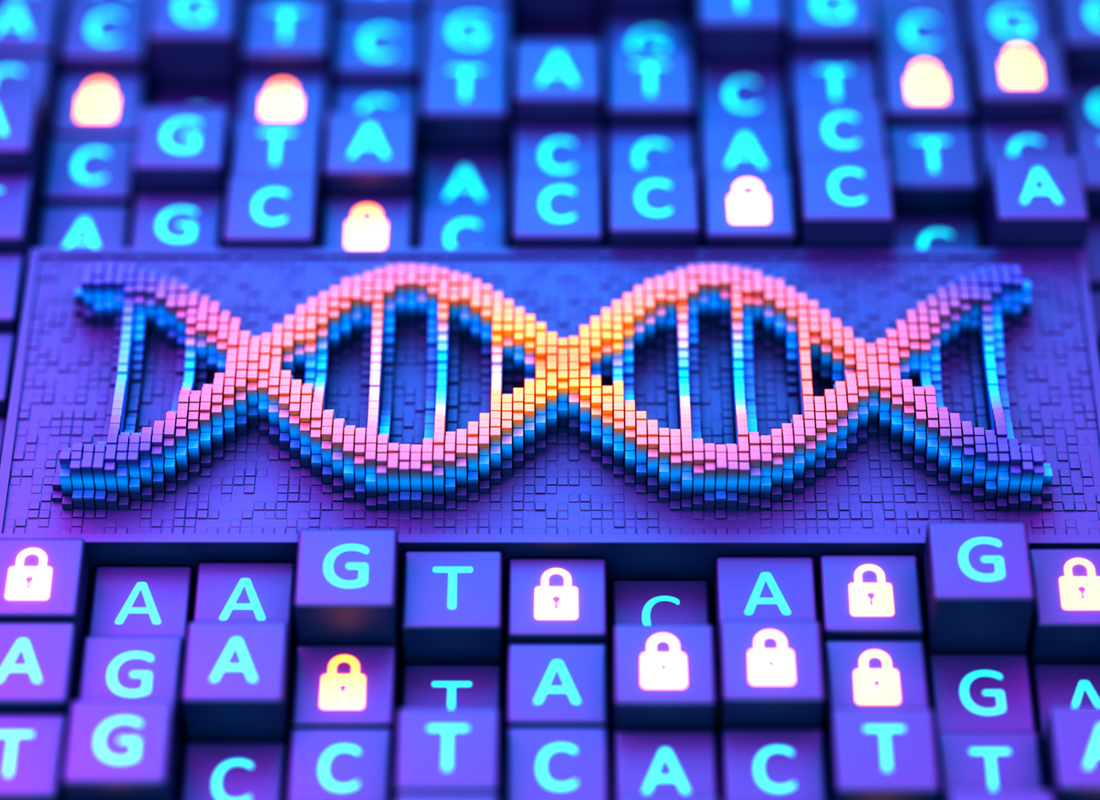Expert Q&A: What’s Next in Next-Generation Sequencing?
Crystal Girod, MSc, of Beckman Coulter Life Sciences discusses recent developments in NGS and their impact on clinical diagnostics.

The field of next-generation sequencing (NGS) has seen major improvements in recent years, as well as increasing adoption in laboratories. Crystal Girod, MSc, senior product manager for Biomek Liquid Handlers at Beckman Coulter Life Sciences, discusses some of the most recent key developments in the NGS space, and how those changes could affect future laboratory workflows.
Q: What have been the biggest recent developments in NGS?
A: The biggest development in NGS over the last few years has been the democratization of sequencing technologies. Improvements in genomic extraction, library preparation and sequencing technologies, and reduced costs have allowed for expanded utility. Sequencing no longer must reside exclusively in specialized genome centers, but can now be run in rural hospitals, research labs, and in field locations.
Q: What have been some of the biggest challenges related to NGS?
A: One of the biggest challenges related to NGS is the variability in quality of the sample inputs. To get the best quality data from the sample, the quality of the DNA extracted is vital. For samples in the health sector, this can be a significant challenge due to tissue samples and bodily fluids that come in variable states of nucleic acid degradation. Additionally, the risk of manual variability in the lab can also impact this quality and thereby challenge the ability to generate high-quality data.
Q: What are some solutions to these challenges?
A: There have been advances in the extraction protocols to accommodate the various inputs, with kits focusing on a specific input type, which have dramatically improved the quality of the output. Additionally, many of these kits have been made automation friendly with the utilization of magnetic bead technologies that streamline workflows and allow for high yield. These improvements have enabled the ability to consistently repeat a protocol day in and day out, providing an expected quality and thereby allowing for library kits to specialize and improve the overall data generated. This automation has also enabled cohesiveness across the throughput, from extraction to sequencer.
Q: What are the current key clinical applications of NGS and how are those evolving?
A: Some of the key NGS applications in the clinical space currently are non-invasive prenatal tests (NIPT), which are screening for chances of genetic conditions during pregnancy, along with identification of risk for other potentially inherited diseases. These tests give medical professionals the opportunity to take a proactive versus reactive approach to treatment and, in the case of many of these diseases, the earlier they are caught, the better the long-term prognosis for patients. Overall, I believe NGS is on the cusp of transitioning from translational research to even broader uses. As the research continues to validate and understand the information gained through extensive study and larger and larger datasets, more of these proactive vs reactive opportunities will emerge.
Q: What innovations involving NGS have you been most impressed by? Why?
A: The innovations in the NGS space are vast, and the last few years have continued to impress. The innovations in the long-read technology space have been incredibly exceptional, specifically, the usage of the nanopore technologies utilizing a protein pore to generate thousands of high-quality base pair reads that retain their DNA modifications. The retention of the epigenetic signature can provide researchers with a greater understanding of disease states. Another impressive innovation has been in the circulating tumor DNA (ctDNA) extraction and sequencing space. I believe this is the future of cancer diagnosis.
Q: How do you expect trends in NGS to develop going forward?
A: I anticipate a continuation of democratizing and improving accessibility across the NGS space. This would create a growing demand for clinical laboratory staff experienced in NGS or, alternatively, flexible automation solutions that simplify the sample prep to sequencer loading experience, allowing for general clinical staff to operate [equipment] with minimal training. The NGS field has exponentially improved in the last decade, and I don’t expect it to slow down any time soon. The ability to modify and quickly adapt to the changes within the sample preparation environment is going to be vital in the coming years. I also expect long-read technology to continue to rapidly improve as short-read technologies did and gain increased adoption in the human health research and diagnostics fields.
Q: What is your advice to anyone who is looking to add NGS capabilities to their lab?
A: When thinking of NGS, the first thing to do is to evaluate the type of data you anticipate needing for your particular question. Take time to research and listen to talks on the specific area of study, see what technology others have utilized, and speak to the sequencing vendor to understand the throughput minimums and maximums required for the sorts of studies/samples you are looking to run. From there, I would identify an automation platform that, from the start, will enable quick start from sample prep to sequencer-ready libraries. Many automation vendors will have a library of ready-to-use library prep and extraction methods that can accelerate the learning curve for those new to NGS. The ultimate goal is high-quality data that can answer the question being asked, and vendors have dedicated research use only NGS experts to answer questions and offer tailored solutions to laboratory needs.
________________________________________________________________________________________________________________________________________
Crystal Girod, MSc, is a senior product manager at Beckman Coulter Life Sciences. She is based in San Jose, CA at the development and manufacturing center, where she leads core activities for Biomek Automated Liquid Handlers, including market research and product development, working closely with research & development teams and customers. Previously, Crystal was the senior applications scientist in the internal applications team, developing complex methods with the Biomek i-Series and Echo Liquid Handlers.
Subscribe to Clinical Diagnostics Insider to view
Start a Free Trial for immediate access to this article